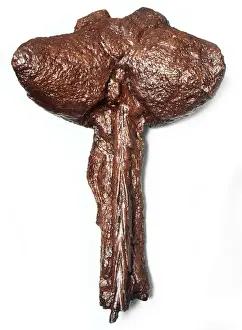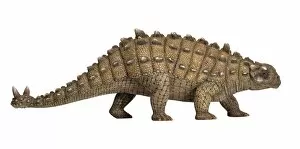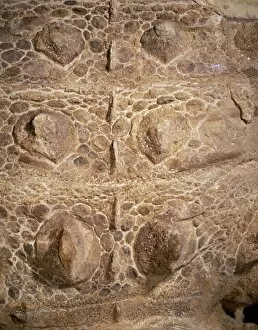Ankylosaurinae Collection
Ankylosaurinae, a subfamily of armored dinosaurs, is known for its impressive features such as the Euoplocephalus tail club
All Professionally Made to Order for Quick Shipping
Ankylosaurinae, a subfamily of armored dinosaurs, is known for its impressive features such as the Euoplocephalus tail club. These prehistoric creatures roamed the Earth millions of years ago and left behind fascinating fossils that continue to captivate our imagination today. One of the most famous members of the Ankylosaurus, with its heavily armored body and distinctive bony plates covering its back. But let's not forget about its cousin, the Euoplocephalus, which also possessed an incredible defense mechanism in the form of a tail club. The Euoplocephalus dinosaur model C016/5701 perfectly showcases this unique trait. With a sturdy build and rows of sharp spikes running along its back, it's no wonder these dinosaurs were able to fend off predators effectively. Euoplocephalus cutleri was one particular species within this subfamily that roamed North America during the Late Cretaceous period. Its name pays homage to Lawrence Lambe's contribution to paleontology - he discovered several specimens belonging to this species. These herbivorous giants were well-adapted for survival in their environment. Their low-slung bodies allowed them to graze on vegetation while remaining protected from potential threats by their thick armor plating. Although we have limited knowledge about their behavior and social interactions, it is believed that they may have lived in herds for added protection against predators like Pachycephalosaurus or other large carnivores. As we continue to uncover more fossils and study these remarkable creatures further, Ankylosaurinae remains an intriguing chapter in Earth's history. The legacy they've left behind serves as a reminder of nature's ability to create extraordinary adaptations for survival throughout time.








